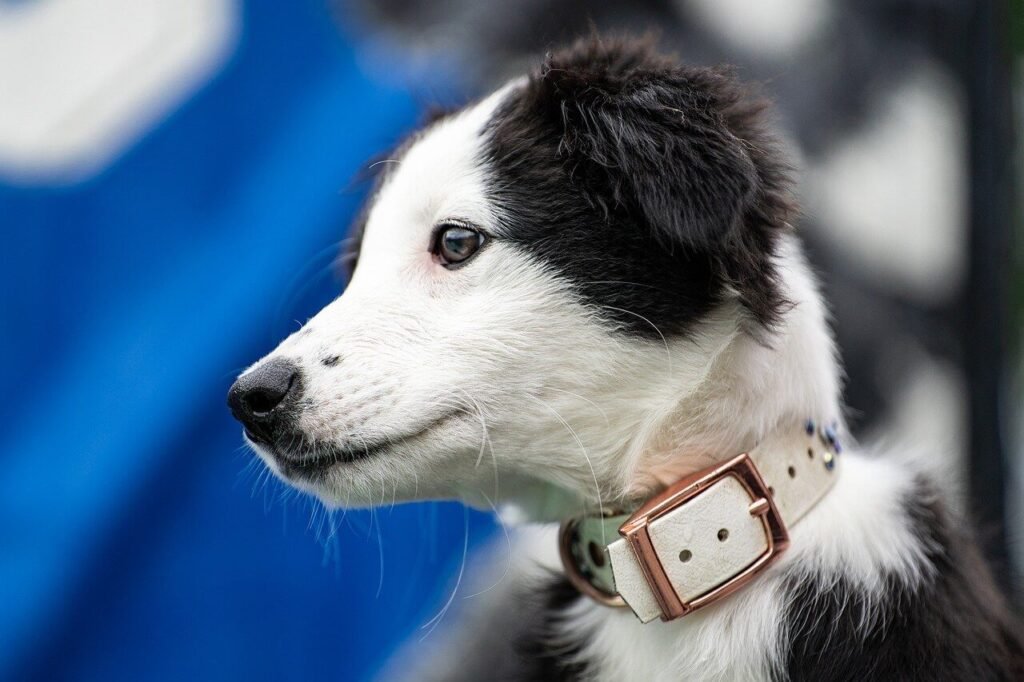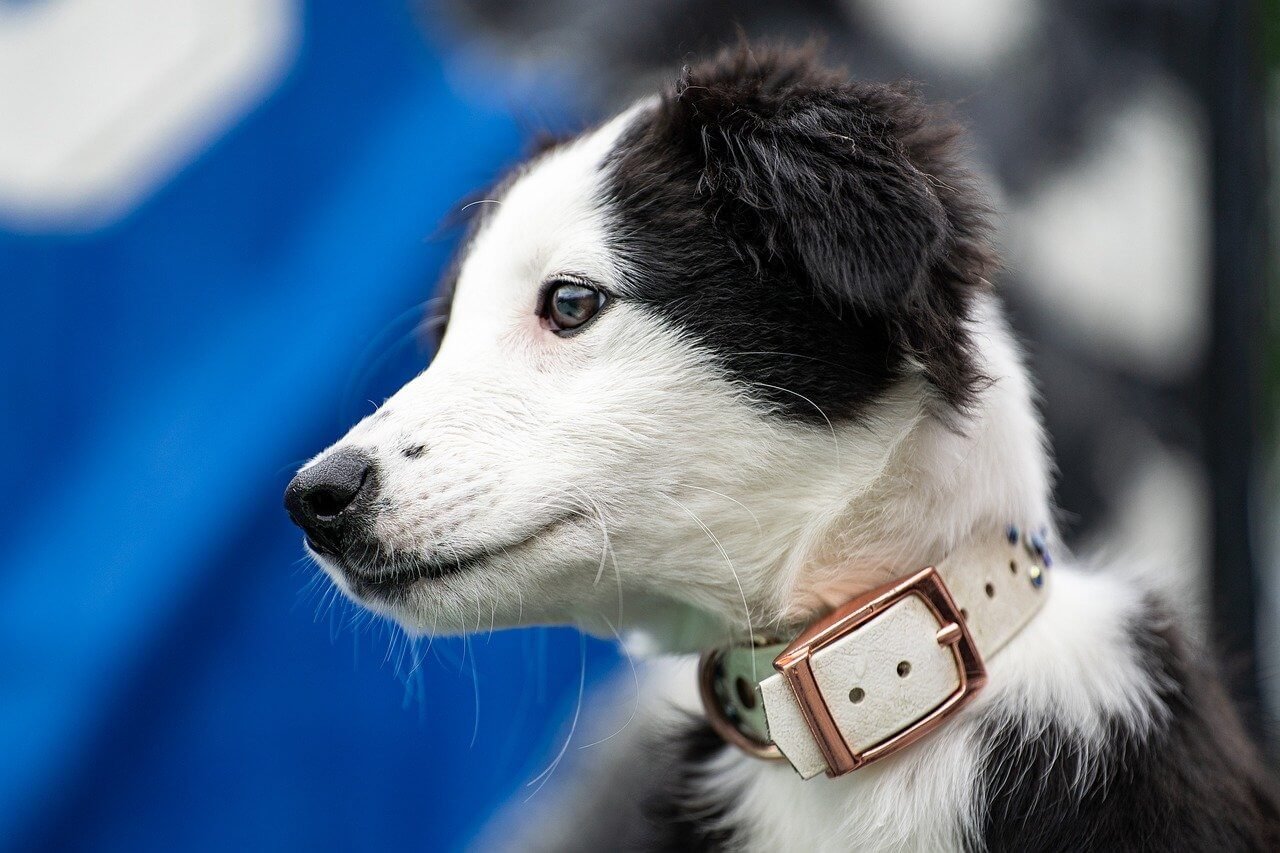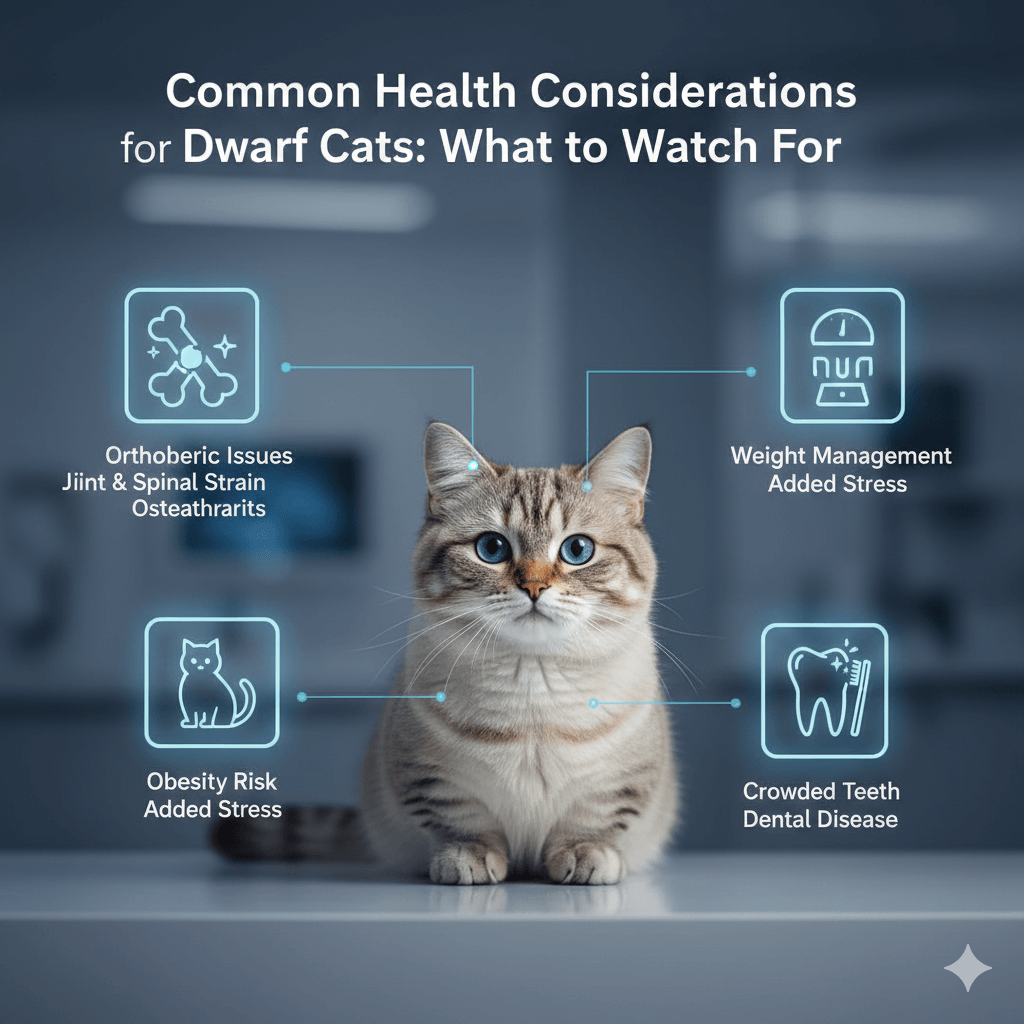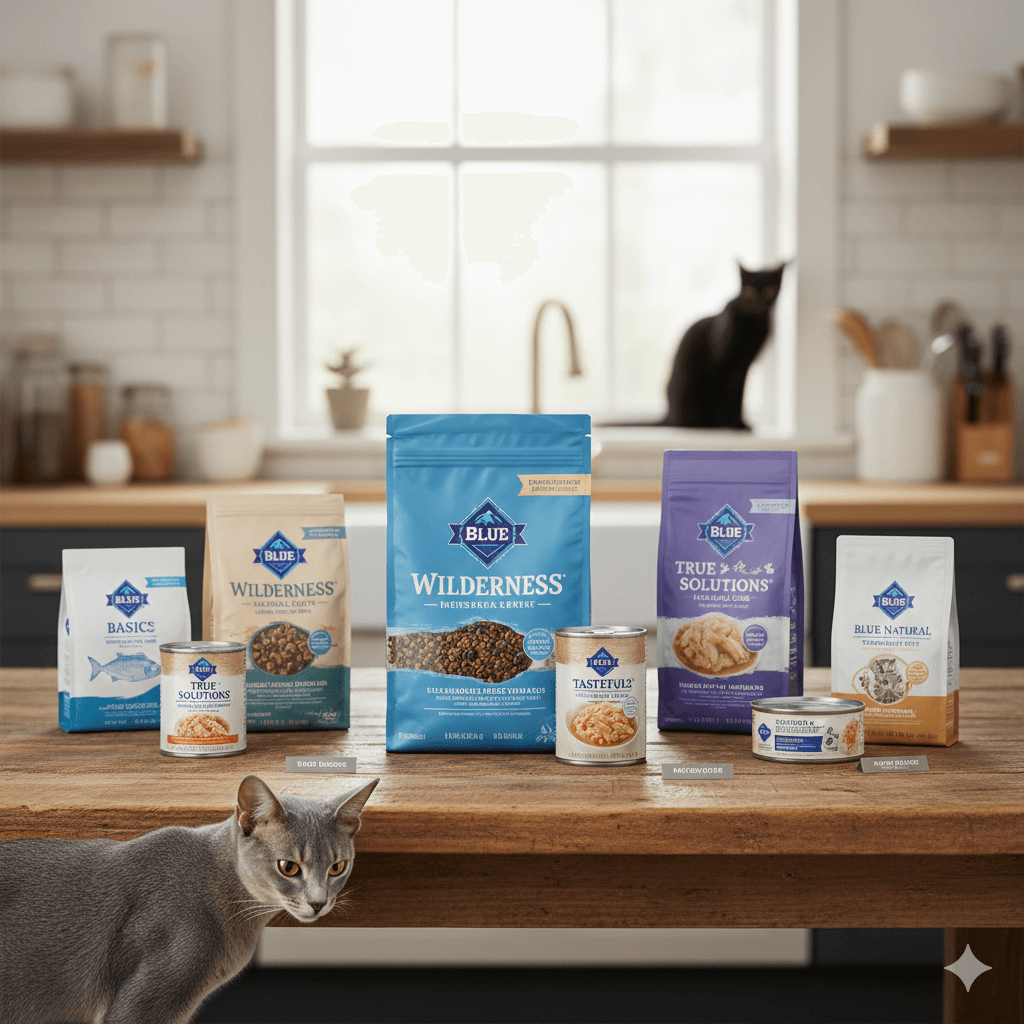Why Are Dogs Destructive When Left Alone?
Dogs are known as man’s best friend, but sometimes their behavior can leave us scratching our heads—especially when they turn into little demolition experts the moment we step out the door. Whether it’s shredded pillows, chewed-up shoes, or scratched furniture, coming home to a chaotic scene is enough to make any pet parent feel frustrated. But before you label your furry companion as naughty, it’s important to understand that destructive behavior in dogs often stems from deeper emotional needs rather than sheer mischief. In this blog post, we’ll explore why dogs exhibit these behaviors when left alone and how you can address them effectively.
Common Reasons Behind Destructive Behavior
Dogs don’t destroy things out of spite or boredom alone; there are several underlying reasons for their actions. Understanding these motivations is the first step toward resolving the issue. Below are some common causes:
Separation Anxiety:
Many dogs experience stress when separated from their owners, leading to destructive behaviors as a way to cope with their anxiety.Lack of Physical Exercise:
A tired dog is a well-behaved dog. Without sufficient physical activity, pent-up energy can manifest in destructive ways.Boredom and Mental Stimulation Deficit:
Dogs need mental challenges just like humans do. A lack of engaging activities can result in unwanted chewing or digging.Teething (in Puppies):
Puppies go through a teething phase where chewing helps soothe their gums, making almost anything fair game.Territorial Instincts:
Some dogs may chew or scratch objects to mark their territory or assert dominance over their environment.
Understanding these triggers can help you identify what your dog might be trying to communicate through its behavior. With patience and proactive measures, you can redirect this energy into healthier outlets.
Signs Your Dog May Be Struggling Emotionally
While destructive behavior is an obvious red flag, other subtle signs can indicate emotional distress in dogs. Recognizing these early warning signals can prevent more serious issues down the line. Here’s what to look out for:
Excessive Vocalization:
If your dog barks, whines, or howls excessively while you’re away, it could signal separation anxiety or loneliness.Pacing or Restlessness:
Constant movement around the house without settling down is another sign of unease or stress.Loss of Appetite:
Refusing food or treats when left alone may point to anxiety-related appetite suppression.Accidents Indoors:
Even well-trained dogs might have accidents if they’re feeling anxious or overwhelmed.Over-Grooming or Licking:
Compulsive grooming behaviors often serve as self-soothing mechanisms during times of stress.
By paying attention to these cues, you can better understand your dog’s emotional state and take steps to provide comfort and reassurance. Addressing these signs promptly can improve both your dog’s well-being and your peace of mind.
Check this guide 👉Why Does My Dog Sleep on My Head? Best 7 Behavior Tips!
Check this guide 👉Why Doesnt My Dog Like to Cuddle? Best 7 Behavior Tips!
Check this guide 👉Why Does My Dog Steal My Spot? Best 7 Behavior Tips!

Behavioral Triggers | Solutions to Try |
|---|---|
Separation Anxiety | Gradual desensitization training |
Lack of Physical Exercise | Daily walks or playtime sessions |
Boredom | Interactive toys or puzzle feeders |
Teething (Puppies) | Safe chew toys designed for puppies |
Territorial Instincts | Positive reinforcement for good behavior |
Ways to Prevent Destructive Behavior
Preventing destructive tendencies requires a combination of training, enrichment, and routine adjustments. Implementing these strategies can significantly reduce unwanted behaviors. Consider the following tips:
Create a Consistent Routine:
Dogs thrive on predictability. Establishing set times for meals, walks, and alone time can help them feel secure.Provide Chew Toys:
Offering durable, safe chew toys gives your dog something appropriate to gnaw on instead of household items.Use Crate Training Effectively:
For some dogs, crates act as safe spaces that reduce anxiety and limit access to off-limits areas.Practice Short Departures:
Gradually increasing the duration of your absences helps your dog build tolerance to being alone.Reward Calm Behavior:
Positive reinforcement for calm behavior before leaving reinforces good habits and boosts confidence.
With consistent effort, these techniques can transform your dog’s response to solitude, fostering a happier and more relaxed pet.
The Role of Professional Help
Sometimes, despite your best efforts, professional guidance becomes necessary to address persistent destructive behaviors. Experts can offer tailored solutions based on your dog’s unique needs. Here’s how professionals can assist:
Certified Trainers:
Trainers specialize in behavior modification techniques that target specific issues like anxiety or aggression.Veterinary Check-Ups:
Medical conditions such as pain or hormonal imbalances can contribute to behavioral problems, which vets can diagnose.Animal Behaviorists:
These specialists delve deeper into psychological factors affecting your dog’s conduct and devise comprehensive plans.Group Classes:
Socialization classes not only teach obedience but also expose dogs to new environments and stimuli.Online Resources:
Virtual consultations with experts can provide accessible support for busy pet parents.
Seeking professional advice demonstrates commitment to your dog’s welfare and ensures long-term success in managing destructive tendencies.
Environmental Enrichment for Dogs
Providing environmental enrichment is crucial to keeping your dog mentally and physically stimulated, reducing the likelihood of destructive behaviors. Simple changes in their surroundings can make a big difference in their overall well-being. Here are some effective ways to enrich your dog’s environment:
Rotate Toys Regularly:
Switching out toys every few days keeps them novel and exciting, preventing boredom.Introduce Puzzle Feeders:
These challenge your dog’s problem-solving skills while rewarding them with treats or kibble.Create a Safe Space:
Designate an area in your home where your dog feels secure, equipped with cozy bedding and familiar scents.Incorporate Scents:
Adding new scents like lavender or hiding treats around the house can stimulate their sense of smell.Play Background Music:
Soft music or white noise can soothe anxious dogs and create a calming atmosphere.
By enriching your dog’s environment, you provide outlets for their natural instincts and energy, which can drastically reduce unwanted behaviors. A content dog is less likely to seek entertainment through destruction.
Training Techniques to Reduce Anxiety
Training plays a vital role in addressing separation anxiety and other triggers of destructive behavior. Consistent and positive reinforcement methods can help your dog feel more secure when left alone. Here are some training techniques to try:
Start with Short Departures:
Leave your dog alone for just a few minutes initially, gradually increasing the time as they grow comfortable.Use Calm Departure Cues:
Avoid making a fuss when leaving or returning home to prevent overexcitement.Teach Independence:
Encourage your dog to spend time alone in another room while you’re still at home, building their confidence.Practice “Stay” Commands:
Reinforce the idea that being apart is safe by teaching them to stay in one spot while you move away briefly.Reward Quiet Behavior:
Praise and reward your dog when they remain calm during your absence, reinforcing positive habits.
With patience and consistency, these techniques can help alleviate anxiety and teach your dog that being alone isn’t something to fear. Over time, this reduces the likelihood of destructive actions.
Nutrition and Its Impact on Behavior
Believe it or not, what your dog eats can influence their behavior, including tendencies toward destructiveness. A balanced diet supports both physical health and mental stability. Here’s how nutrition can play a role:
High-Quality Protein Sources:
Proteins provide essential amino acids that support brain function and mood regulation.Omega-3 Fatty Acids:
Found in fish oil, these nutrients promote cognitive health and may reduce anxiety-related behaviors.Avoid Artificial Additives:
Preservatives and colorings in low-quality food can sometimes exacerbate hyperactivity or irritability.Monitor Food Portions:
Overfeeding can lead to lethargy, while underfeeding might cause restlessness—both impacting behavior negatively.Hydration Matters:
Dehydration can increase stress levels, so ensure fresh water is always available.
A nutritious diet tailored to your dog’s needs not only benefits their physical health but also contributes to better emotional regulation. Paying attention to their meals can be a simple yet impactful way to manage destructive tendencies.
Frequently Asked Questions About Destructive Dogs
Is my dog destroying things because he’s mad at me?
No, dogs don’t act destructively out of anger. These behaviors usually stem from anxiety, boredom, or unmet needs.
How long does it take to train a dog out of destructive habits?
The timeline varies depending on the dog’s age, temperament, and consistency in training. Patience and persistence are key.
Can older dogs develop separation anxiety?
Yes, changes in routine, health, or environment can trigger separation anxiety even in adult dogs.
Are certain breeds more prone to destructive behavior?
High-energy breeds like Border Collies or Labradors may be more likely to engage in destructive behaviors if under-stimulated.
Should I punish my dog for ruining my belongings?
Punishment rarely works and can worsen anxiety. Instead, focus on positive reinforcement and preventive measures.
Building a Stronger Bond Through Understanding
Dealing with a destructive dog can feel overwhelming, but remember, your furry friend isn’t acting out of malice. By understanding the root causes behind their behavior and implementing practical solutions, you can create a harmonious living environment for both of you. From ensuring adequate exercise to seeking professional help when needed, every step brings you closer to a happier, healthier relationship with your dog. Ultimately, addressing destructive tendencies isn’t just about protecting your furniture—it’s about nurturing trust, love, and mutual respect between you and your loyal companion.
Is Royal Canin Good Cat Food? Best 7 Expert Tips! Learn the truth about this brand & get vet-approved advice on feeding, ingredients, and tailored formulas.
Dwarf Cat Lifespan: Best 7 Expert Tips! Discover how to ensure a long, healthy, and happy life for your short-legged feline companion.
Blue Buffalo Cat Food: Best 7 Expert Tips! Discover how to choose the right formula, feeding strategies, and nutritional benefits for your feline friend.
Canned Pumpkin for Cat Diarrhea: Best 7 Expert Tips! Natural remedy to firm stools, soothe upset bellies, and support gut health safely.





